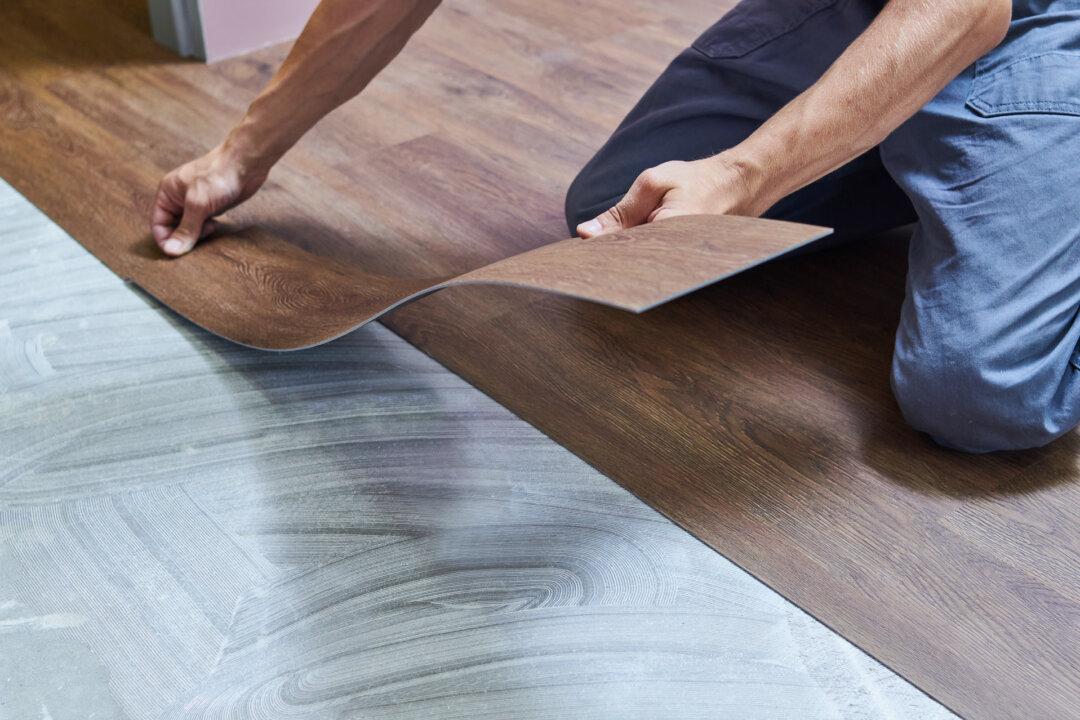The elevation difference between the water tower and your house creates the water pressure in your plumbing system. As the elevation difference between the two increases, the water pressure gets higher. An ideal water pressure for a home is typically about 60 psi (pounds per square inch).
With high water pressure, the water flows through the pipes at a rapid pace. When it is quickly shut off, stopping the flow instantly, it creates a shock wave you hear as the banging noise.
To stop the wave and loud noise from occurring, you need to install a pressure-reducing valve and an expansion tank. A pressure-reducing valve has a screw that allows you to adjust the water pressure. It’s usually installed where the water main enters your house.
If you want to still have the high-pressure water going to an outdoor faucet to wash your car or perform other tasks, install the valve after that branch of piping. Be sure to check your local plumbing codes before you begin any plumbing work for this project.
If you like to know the exact pressure of the water, you can install a pressure gauge along with the pressure-reducing valve. To save money and not install a gauge, you can determine the proper adjustment needed as you go. If the water hammer still occurs, just adjust the screw a little further.
The downfall of a pressure-reducing valve is it can block the backflow of water into the main water inlet from your house. As the water temperature in your water heater varies throughout the day, the water expands and contracts.
If your valve blocks the water flow back into the main inlet, the expanding water will have no place to go. The buildup of water pressure can cause leaks from faucets and the water heater pressure and temperature safety valve.
To make sure this won’t happen, install an expansion tank in the cold-water inlet pipe running to your water heater. This is a small tank with a flexible bladder inside of it. When the water heats up and expands inside the water heater, the excess water volume goes into this tank.
The cost to install a pressure-reducing valve depends upon where you must locate it and the difficulty to access the area. To install a pressure-reducing valve, first shut off the main water supply to your house.
Next, remove a section of piping long enough for the pressure-reducing valve and an isolation valve on either side of it. Solder the valves into the line and adjust the pressure. The expansion tank will need to be mounted on a tee in the cold line by the water heater.






